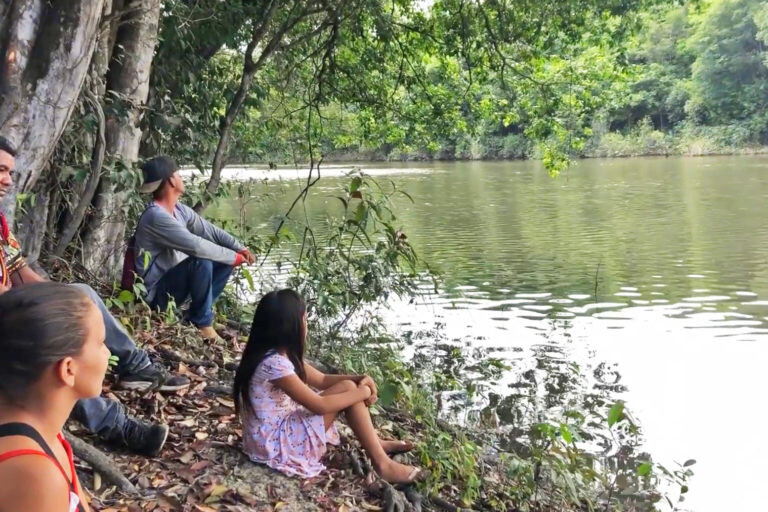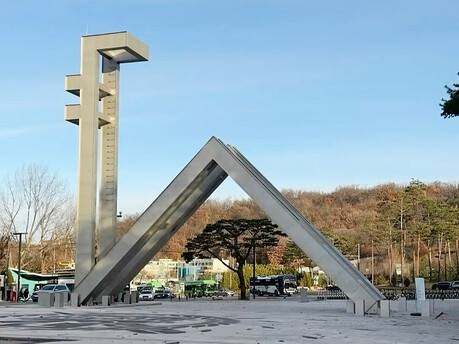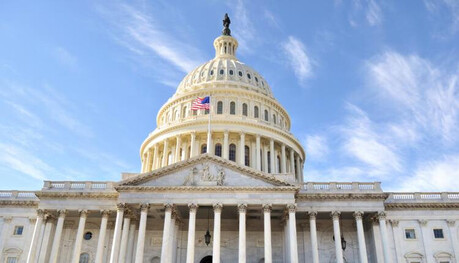
São Paulo, Brazil – A recent study released on April 2nd by the Instituto Socioambiental (ISA) reveals that Indigenous Protected Areas (IPAs) within four key Brazilian biomes – the Caatinga, Atlantic Forest, Pampa, and Pantanal – exhibit a 31.5% higher level of environmental preservation compared to surrounding regions.
The research, grounded in an analysis of deforestation patterns over the first decade of the 2000s within these ecosystems, examined 223 IPAs, irrespective of their demarcation status. These areas experienced an average loss of 36.5% of their original vegetation. Notably, IPAs in the Pampa region faced the highest rate of deforestation, with 62.5% of their original vegetation lost. In the Atlantic Forest, significant deforestation, exceeding 90% in many areas, had already occurred prior to the study period.
The ISA's findings underscore the critical role of timely IPA demarcation in mitigating environmental degradation. This conclusion is substantiated by data from the Protected Areas System (SisArp) database, which facilitates geospatial analysis and cross-referencing of diverse datasets. SisArp encompasses information on legal acts, demographics, Indigenous groups and languages, deforestation, major projects, pressures, threats, and mining activities.
The study further highlights that the establishment of IPAs not only curtails additional environmental destruction but also fosters vegetation regeneration, effectively "demonstrating the effectiveness of Indigenous management strategies."
In its report, the ISA asserts, "The effective ownership of Indigenous lands is the only way to guarantee the socio-environmental integrity of these territories. Therefore, demarcation, protection, and territorial management policies must be implemented in an integrated manner, considering social, cultural, and environmental aspects. Beyond environmental destruction, conflicts and invasions pose serious threats to the fundamental rights and physical safety of Indigenous peoples."
Brazil is home to a remarkable array of ecosystems, including the Amazon rainforest and the Cerrado savanna, which constitute a vital portion of the planet's biodiversity. For centuries, Indigenous communities have sustainably inhabited these regions, playing a crucial role in ecological preservation. Their traditional knowledge and management practices have proven effective in maintaining biodiversity and curbing deforestation.
However, in recent years, increasing pressure from agricultural expansion, mining operations, and illegal logging has encroached upon Indigenous territories, leading to environmental degradation and threats to Indigenous communities. The demarcation of IPAs serves as a crucial measure to safeguard their lands from these external pressures and preserve their traditional ways of life.
This latest research from the ISA reaffirms the environmental significance of Indigenous Protected Areas and serves as a compelling call to the Brazilian government and relevant institutions to prioritize policies that protect Indigenous rights and ensure environmental conservation.
[Copyright (c) Global Economic Times. All Rights Reserved.]






























